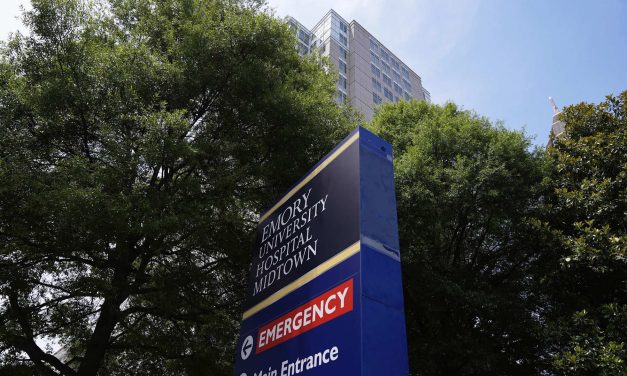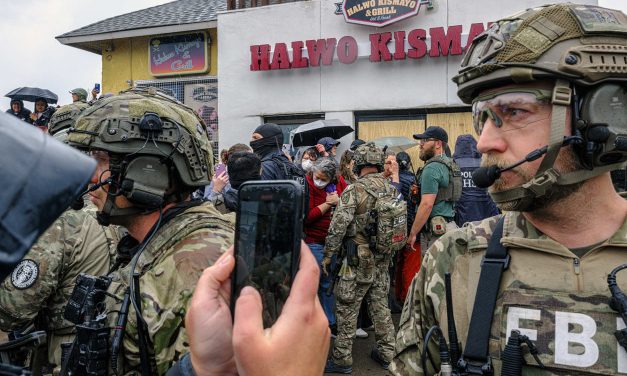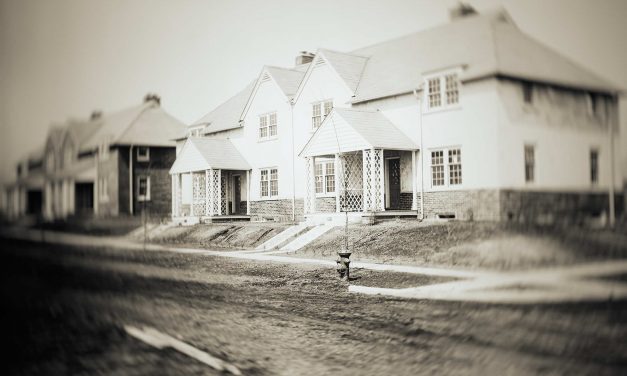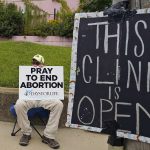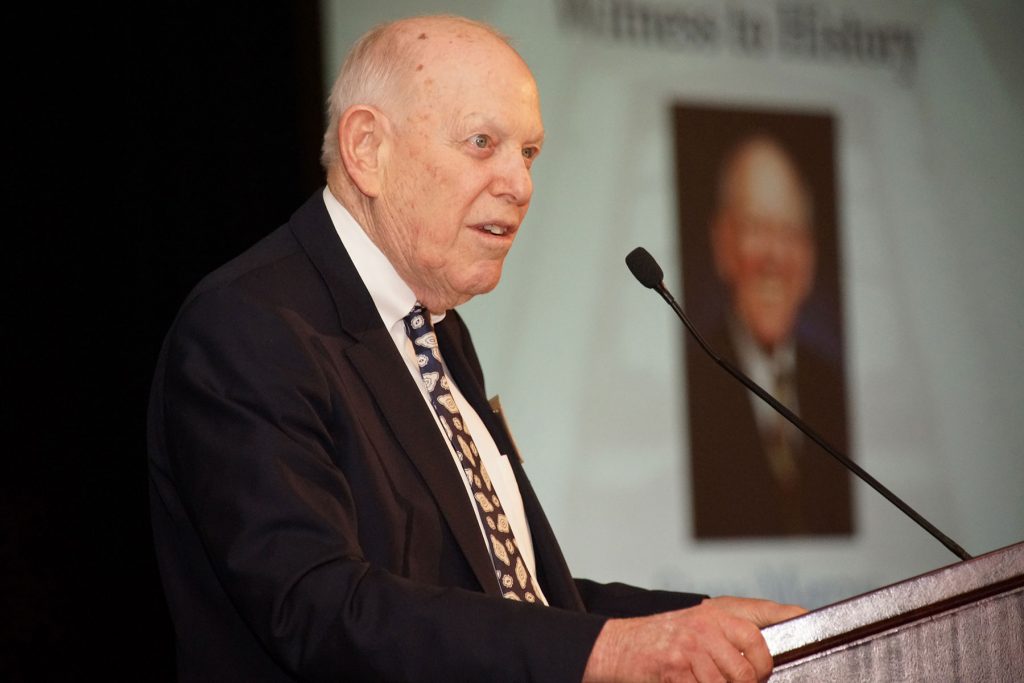How the myth of the “lone gunman” hides the political forces behind violent extremism in White culture
By Art Jipson, Associate Professor of Sociology, University of Dayton When shots rang out in Minnesota, targeting state Democratic politicians, the headlines quickly followed a familiar script: a mentally unstable suspect and the well-worn label “lone gunman.” According to media reports, the Minnesota gunman, Vance Luther Boelter, was a deeply religious anti-abortion activist and a conservative who supported President Donald Trump. The term lone gunman, routinely deployed in the aftermath of mass shootings and political violence, that the suspect was simply acting alone, so there’s no one or nothing else to blame, may offer a comforting explanation, but it’s...
Read More

